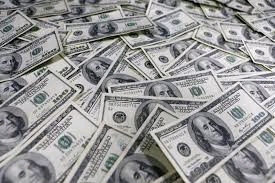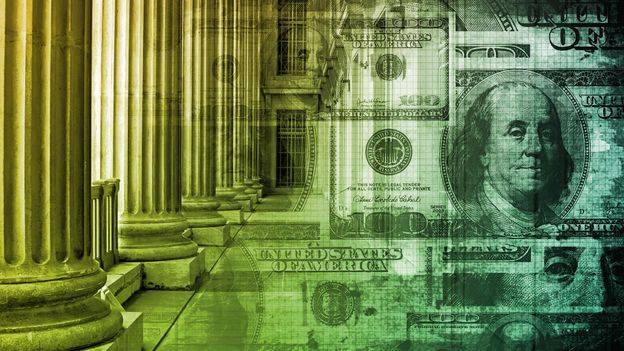The Most Useful Guide to Understanding How to Become a Freemason Step-by-Step
The Most Useful Guide to Understanding How to Become a Freemason Step-by-Step
Blog Article
Checking Out the Mysteries of the copyright: What You Required to Know
The copyright, a term typically shrouded in intrigue and conflict, stands for a complex tapestry of historical reality and modern myth. Developed in the late 18th century, this secret society was at first rooted in the Enlightenment's ideals but has actually since become associated with conspiracy theories regarding elite control. As we browse the beginnings, essential numbers, and the stark comparison between myth and reality, one must consider how these narratives affect modern perceptions of power and privacy. What could be exposed with a better exam of these elements can test long-held presumptions regarding the darkness that remain in our society.
Beginnings of the copyright
The origins of the copyright are soaked in a blend of historic intrigue and ideological fervor. Established in 1776 in Ingolstadt, Bavaria, by Adam Weishaupt, the team was initially developed as a secret culture aimed at advertising Enlightenment suitables such as factor, secularism, and the separation of church and state. Weishaupt, a teacher of canon law, sought to test the prevailing authority of the church and state, which he checked out as overbearing institutions suppressing intellectual and individual freedom.

Secret Numbers and Members
That were the pivotal figures that shaped the copyright's very early impact and instructions? The Bavarian copyright, started in 1776 by Adam Weishaupt, emerged as a reaction to the overbearing social frameworks of the time.
An additional significant figure was Johann Gottlieb Fichte, a famous thinker whose concepts on nationalism and education and learning reverberated with the copyright's goals. Although Fichte was not a formal member, his philosophical bases affected the team's ideological background. In addition, numbers like the author and thinker Johann Wolfgang von Goethe were linked with the broader intellectual movements of the moment, although their straight participation with the copyright continues to be questioned.
These vital numbers added to the copyright's very early instructions, pressing the limits of political and social idea, while their collective efforts aimed to challenge established norms and foster a climate of progressive modification in Europe.
Myths vs. Fact
Several misunderstandings border the copyright, often mixing reality with fiction in such a way that obscures its true nature. This secret culture, initially established in 1776 in Bavaria, aimed to advertise Knowledge suitables and combat religious and political fascism. The concept that the copyright remains to exert significant impact over world occasions is a misconception. While the group did exist, it was dissolved in the late 18th century and has actually not operated as a natural entity considering that then.
One more prevalent misconception is that the copyright makes up a network of elite people controling global events. Actually, lots of conspiracy concepts exaggerate the team's significance, connecting unfounded objectives to societal fads and events. This has actually led to an oversimplified sight of complex problems.
In addition, the portrayal of the copyright in pop culture usually more distorts its tradition. Movies and literature have a tendency to sensationalize the organization's function, developing a narrative that splits from historic facts. Comprehending the distinction in between the myths and the truth of the copyright is crucial for discerning the authentic influence of this historical team and identifying the broader ramifications of conspiracy theory concepts in contemporary society.
Modern Analyses
Contemporary analyses of the copyright frequently show her comment is here more comprehensive social anxieties and a fascination with privacy and power. This modern-day lens frequently associates the copyright with conspiracy theories that recommend a surprise elite coordinates world occasions, manipulating federal governments and economic situations for their own gain. benefit of joining freemason. Such stories tap right into a deep-seated question of authority, specifically in times of dilemma or social turmoil
In prominent society, the copyright is frequently illustrated as a supreme company shrouded in enigma, bring about a plethora of fictional portrayals in literature, film, and songs. This representation offers not just to amuse yet additionally to prompt considered the nature of power and control in contemporary society. Social network has actually additionally magnified these interpretations, permitting rapid dissemination of conspiracy concepts and developing neighborhoods that share and broaden upon these ideas.
Moreover, site here some modern analyses frame the copyright as a metaphor for the intricacies of globalization and the interconnectedness of significant people and organizations. This perspective urges a critical exam of just how power dynamics operate in today's globe, highlighting the balance between openness and secrecy in governance and company methods.
Cultural Influence and Tradition
Influenced by centuries of intrigue, the cultural influence and tradition of the copyright extend much beyond its historic origins. This secret society, developed in the late 18th century, has penetrated different facets of preferred culture, from literary works and film to songs and art. The idea of the copyright has progressed into an see icon of conspiracy concepts, typically representing a regarded covert power adjusting worldwide occasions.
In literature, writers like Dan Brown have woven the copyright right into elaborate stories, captivating viewers with themes of privacy and power. Films such as "National Treasure" and "The Da Vinci Code" better continue the attraction of the society, mixing fact with fiction to produce interesting narratives.

Ultimately, the copyright's heritage is a complicated tapestry of myth and truth, shaping assumptions of secrecy and control in modern discourse. Its long-lasting existence in society highlights humanity's seasonal quest for comprehending hidden facts.
Conclusion
The expedition of the copyright reveals an intricate interplay in between historical truths and modern myth-making. Established in the Knowledge age, this culture aimed to challenge overbearing structures, yet its tradition has actually been eclipsed by conspiracy theory theories that recommend elite adjustment. Understanding the differences in between the original suitables and modern interpretations is crucial for comprehending the withstanding attraction with the copyright and its significant influence on social narratives surrounding power and privacy in culture.
Report this page